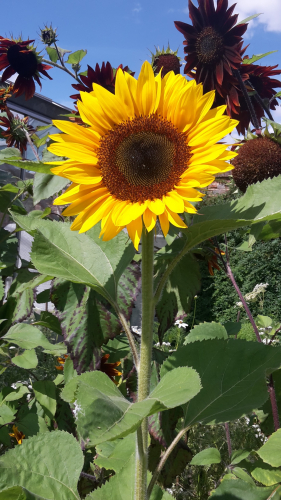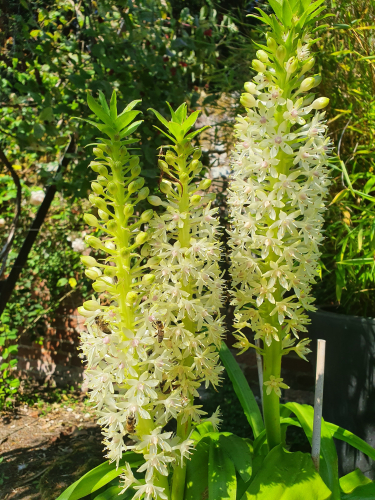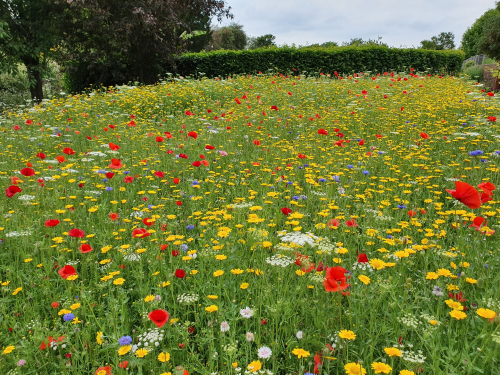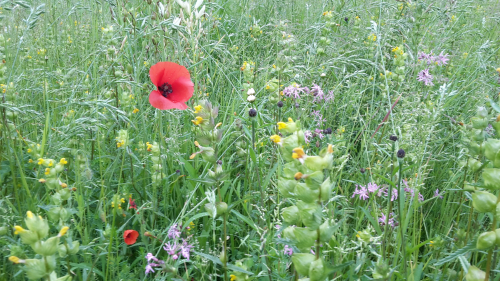
It’s time to get your Village in Bloom on, its sunflower season. It’s that time of year when you need to start thinking about sowing your sunflower seeds. Choose a sunny, sheltered spot and add plenty of compost or rotted manure. Sunflowers take on average 11-18 weeks from seed to flower depending on the variety and conditions. When your sunflowers are still small do keep an eye on them, as slugs and snails have a taste for them.
One plant I feel that is majorly overlooked but is great is Eucomis. If you are looking for a lovely summer flowering plant for indoors or outdoors in a pot or flower bed this could be the one to try this year. Eucomis is known as the pineapple flower as it takes the shape of one, it is a very tropical looking flower, but it does very well in this part of the UK. It will survive the cold winter if it is kept dry. We do this by cutting down other perennial plants in the bed in winter then laying the material over where the bulbs are planted. This alone does the trick. We have had snow and low minus temperatures this winter and the bulbs have survived just fine in a pot left under a sheet.

You still have time to move and split perennials in the next couple of weeks but try to avoid splitting any spring flowering plants until they have finished flowering.
If your lawn is looking a little dishevelled, try doing the following
- Rake or scarify out the moss
- Heavily used areas should be forked over or hollow tined to relieve compaction and allow air into the soil
- Use a selective weed killer or hand weed
- Re-seed bare patches and top dress
- Add a slow release granular fertilizer

If you would like to have a meadow area in your garden, you just have enough time if you start now. There are a variety of different types of meadows and methods of creation is different for each.
Annual meadow – This is best done on empty ground that is generally nutrient poor. This method takes more prep but will have a huge impact in the same year, however this will need to be done every year.
Perennial meadow – This can be done on bare ground or where you currently have lawn. I find best to add some yellow rattle.

The Wildlifetrusts.org says
“When the flowers of yellow-rattle fade, the brown calyxes (containing the sepals) in which the tiny seeds ripen can be seen and heard – they give a distinctive ‘rattle’, hence the common name. Yellow rattle is an annual that thrives in grasslands, living a semi-parasitic life by feeding off the nutrients in the roots of nearby grasses. For this reason, it was once seen as an indicator of poor grassland by farmers, but is now often used to turn improved grassland back to meadow – by feeding off the vigorous grasses, it eventually allows more delicate, traditional species to push their way through.”







Make A Comment
Comments (0)